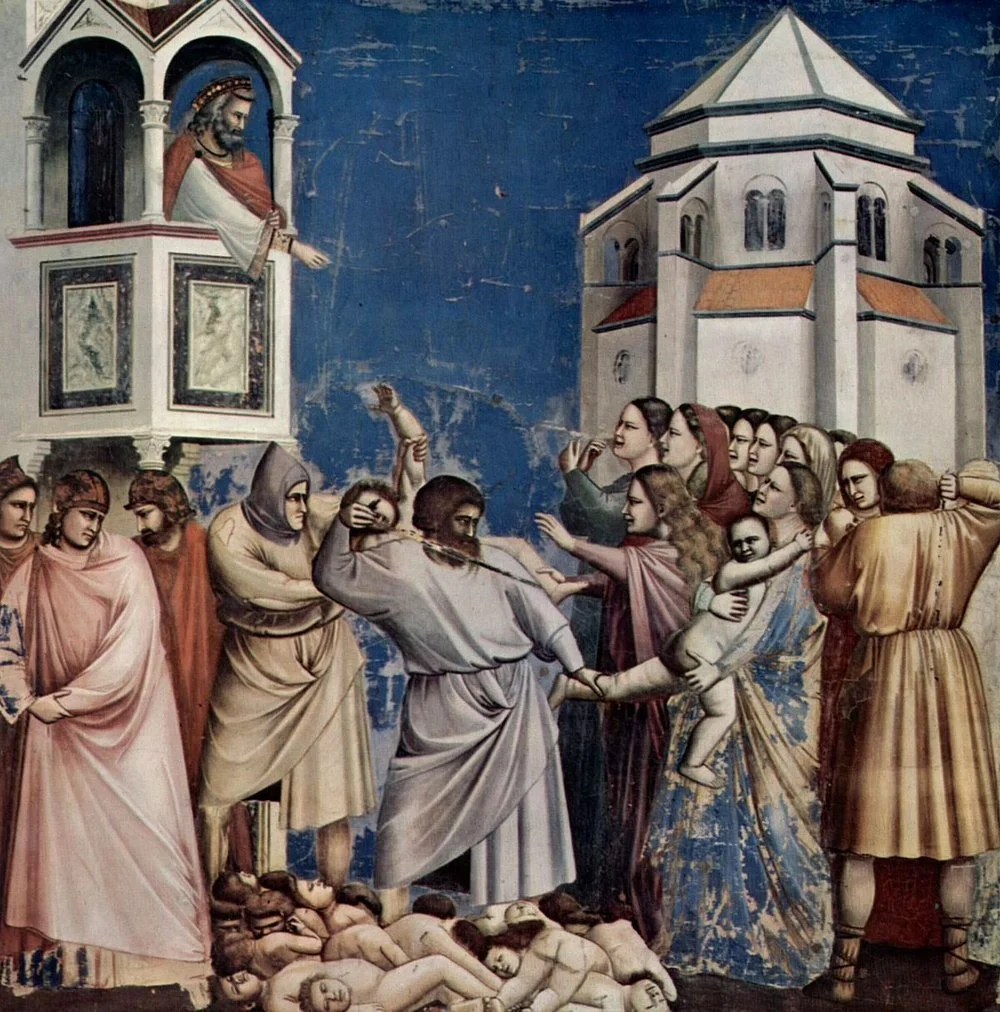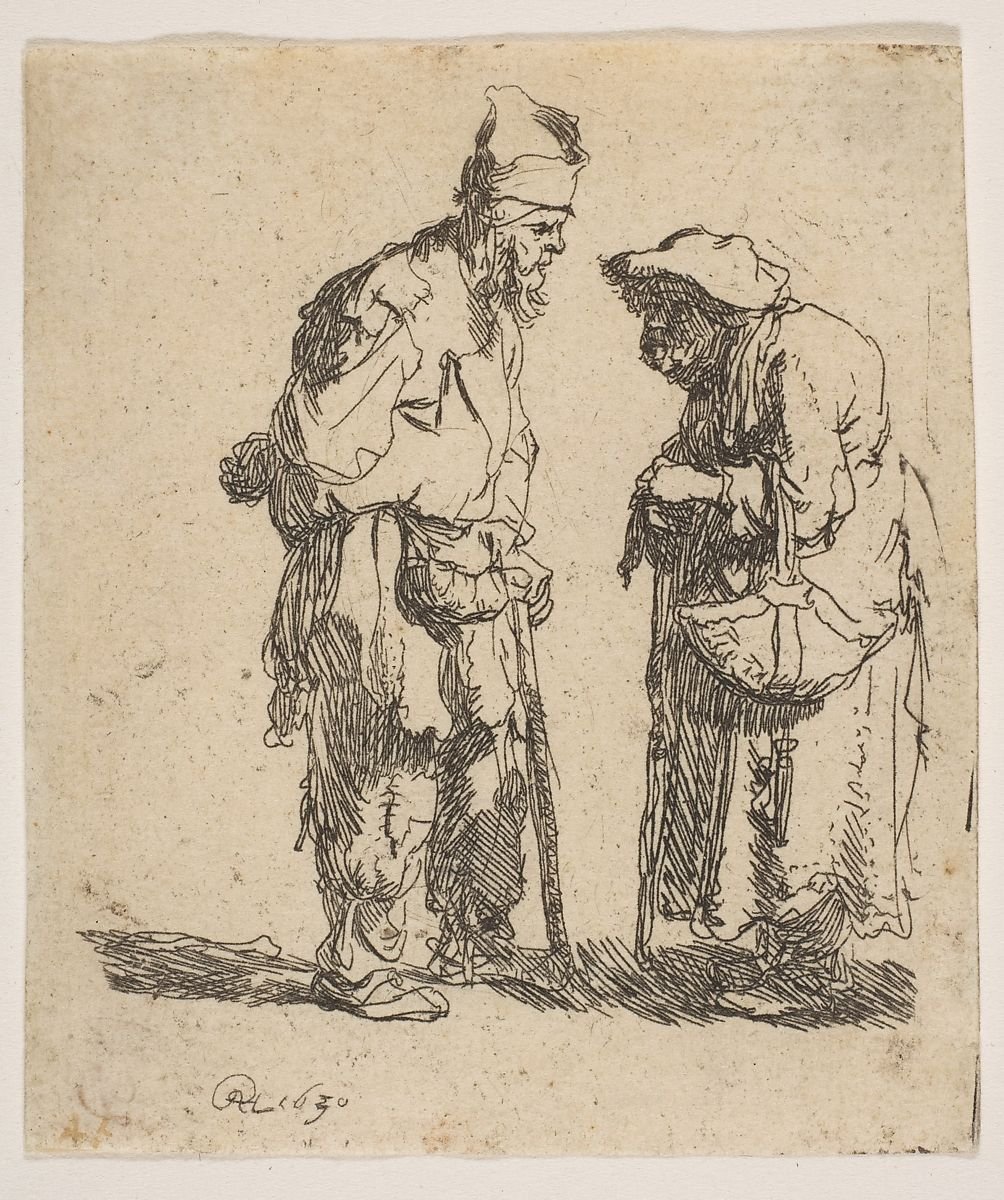Images of War: May Pick of the Month
Paul Nash, The Mule Track, 1918, oil on canvas, 60.9 x 91.4 cm, Imperial War Museums, London (Image: History Today)
Henry Moore, A Tilbury Shelter Scene, 1941, ink, watercolour, crayon and gouache on paper, 41.9 x 38.1 cm, Tate Collection, UK (Image: Wikipedia)
The new exhibition ‘As They Saw It: Artists Witnessing War’, currently on display at The Clark Art Institute, brings together four centuries of war imagery from Europe and the United States, with an emphasis on the period 1820–1920. As new and shocking images of the war in Ukraine appear in the news every day, we are accutely aware of the significance and impact of not only documentary photographs, but also of other artistic representations (such as Picasso’s Guernica or Henry Moore’s shelter drawings) to capture the horror and devastation of modern warfare. Of course, many images of war can reinforce idealised visions of violence and conflict (often by emphasising the heroism of soldiers and the excitement - visually and emotively - of battle scenes). However, images of war can also play a positive role. Recently, for example, hundreds of contemporary artists across the world have been selling their art to raise funds for the Ukrainian war effort.
What can pre-20th-century images of war tell us about the nuances between critical and idealising depictions of violence? Although, as we shall see, many of these depictions use the theme of battles and war to explore compositional and artistic ideas, other artists seem to present more explicitly critical commentaries…
Paolo Uccello, The Battle of San Romano, c. 1438, tempera on panel, National Gallery, London (Image: Wikipedia)
Paolo Uccello’s The Battle of San Romano is considered one of the most famous artistic depictions of battle. This set of three paintings shows a battle between Florentine and Sienese forces in 1432, and was commissioned by someone from the winning side, a member of the Bartolini Salimbeni family in Florence, sometime between 1435 and 1460. What was at stake – control of the port of Pisa – is similar in some ways to what is today being played out so viciously in the Ukrainian ports of Mariupol and Kherson. The canvases are filled to the brim with rich imagery - including braying, rearing horses, raised swords, limp bodies and fleeing soldiers in the distance. Although in many ways this seems to capture the chaos and noise of a battle, there is still a sense of control and precision with which Paolo Uccello has constructed the scenes, perhaps suggesting that the Florentines were always destined to win. Uccello points broken lances towards the vanishing point, becoming one of the first painters to make clear use of the recently developed theory of linear perspective. Battle scenes inherently provide a visual richness which has, for centuries, allowed artists to experiment with a diverse range of human forms and positions.
In Raphael’s preparatory drawing of The Massacre of the Innocents - which was then made into a print by Marcantonio Raimondi – we see how the artist uses perspective and human form to emphasise the drama and terror of the narrative. The female figure in the middle of the scene running towards the viewer, clutching her baby in her arms, pulls the viewer in to the chaos with a powerful immediacy. We see how each figure has a specific pose which also relates to the space around it which, in the final print, comes together to create a dramatic, theatrical and seemingly three-dimensional scene which, to some extent, contrasts with the harrowing subject-matter. Other depictions of The Massacre of the Innocents similarly combine compositional choices with emotive imagery. Giotto shows his ability to capture deep pain on the grimacing faces of the mothers in his fresco (painted around 1305) and Pieter Bruegel the Elder makes the story even more relatable to his contemporary viewers by setting it in a snowy Flemish village scene (in which the soldiers wear the distinctive clothing of the Spanish army).
Raphael, The Massacre of the Innocents, c.1510, red chalk over charcoal pounce-marks, stylus and black chalk underdrawing, 24.6 x 41.3 cm, Royal Collection Trust, UK (Image: RCT)
Pieter Bruegel the Elder, The Massacre of the Innocents, c.1565-67, oil on panel, 109.2 x 158.1 cm, Royal Collection Trust, UK (Image: Wikipedia)
The Massacre of the Innocents is one example of how the impact of warfare on ordinary people has been documented by artists for centuries. In Consequences of War (made between 1638-39), Peter Paul Rubens includes powerful depictions of the victims of war. It is an allegorical representation of the Thirty Years’ War, which took place in Central Europe from 1618 to 1648; in the painting, Venus tries to hold back Mars (the god of war) from marching to the Temple of Janus. Mars tramples on a book, and his sword (already with blood on it) hangs over terrified figures; one has a broken lute (a musician), the other a compass (an architect), and behind them, a mother and child stare up in absolute fear. Rubens is showing that war not only brings the loss of innocent human life, but also the destruction of culture and the arts; a fact which remains poignantly relevant today (most notably through the irreversible damage to arts and heritage sites in Syria, Afghanistan and Ukraine).
In their video analysis of Rubens’ Consequences of War for Khan Academy, Dr. Steven Zucker and Dr. Beth Harris compare the wide-eyed figure of Fury (named Alecto in ancient Greek mythology) with the crazed madness of the figure of Saturn in Francisco de Goya’s Saturn Devouring His Son. Although this painting does not explicitly depict ‘war’ in the most obvious sense, this painting forms part of Goya’s artistic and embittered response to the recent horrors of the Napoleonic Wars in Spain (fourteen so-called ‘Black paintings’ made between 1819-23). Many historians have argued that the bleakness of these paintings was a direct result of Goya going deaf after an illness in 1792. However, as Jonathan Jones explains: ‘it was the madness of this war, not deafness, that drove Goya into the darkest regions of his mind.’ In Saturn Devouring His Son, Saturn is consumed by a terrifyingly powerful force of evil, which comes to represent the panic, hysteria and terror of which human beings are capable.
Francisco de Goya, Saturn Devouring His Son (from The Black Paintings), 1820-23, mixed technique (wall and canvas), 146 x 83 cm, Museo del Prado, Madrid (Image: Wikipedia)
Francisco de Goya, The custody of a prisoner does not call for torture, c.1815, etching, 11.3 x 8.5 cm, The Met, New York (Image: The Met)
Goya’s Disasters of War is a series of 82 prints (made between 1810-20) which today is celebrated by art historians as a visual protest against the violence of war (specifically against the 1808 Dos de Mayo Uprising and the Peninsular War, between 1808-14). At the time, however, Goya kept his views on the conflict private; he was, after, the court painter of the Spanish royal family. Each print is evidence of an artist who is not only trying to bear witness to the horrors of war, but also to make any kind of sense out of it. Many of the captions to the prints are deeply ironic, to shine a light on the hypocrisy of human violence. In another etching which Goya made around the same time of Disasters of War, he depicts a torture victim with the unusually direct caption: ‘The custody of a prisoner does not call for torture’. American journalist Sebastian Smee recently used the print to reflect on ‘America’s dysfunctional prison system.’
Goya’s artistic responses to war bear witness to an individual grappling with the darkest parts of human existence. Other artists have used imagery to convey the emotional impact of war on individuals; a far cry from the chaotic (and possibly exciting) battle scenes in Renaissance and Baroque paintings. For example, in John Byam Shaw’s The Boer War (1901), the artist contrasts the title with the peaceful, melancholic image of a woman standing alone in the English countryside. The painting’s subtitle is a quote by English poet Christina Rossetti in reference to the Second Boer War (1899–1902): ‘Last summer green things were greener, brambles fewer, the blue sky bluer’. Just like in this poem, the beauty and tranquillity of the painting’s setting is set in painful contrast to the implied nostalgia, loss and grief of the woman (who has presumably lost someone close to her in the war). The impact of war on civilians is implicitly seen in the early etchings by Rembrandt, which depict beggars in his hometown of Leiden at a time when many refugees were arriving in the city to flee conflict in the Thirty Years’ War. It serves as another reminder of the far-reaching and devastating impacts of war on people’s lives.
Rembrandt van Rijn, Beggar Man and Beggar Woman Conversing, 1630, etching, 7.6 x 6.6 cm, The Met, New York (Image: The Met)
John Byam Liston Shaw, Boer War, 1900 -1901 Last Summer Things Were Greener, 1901, Birmingham Museums Trust, Birmingham (Image: Wikipedia)
As They Saw It: Artists Witnessing War is running until 30 May 2022 at The Clark Institute of Art, Massachusetts. Find out more here.
(Written by Esme Garlake on behalf of Athena Art Foundation, May 2022)










